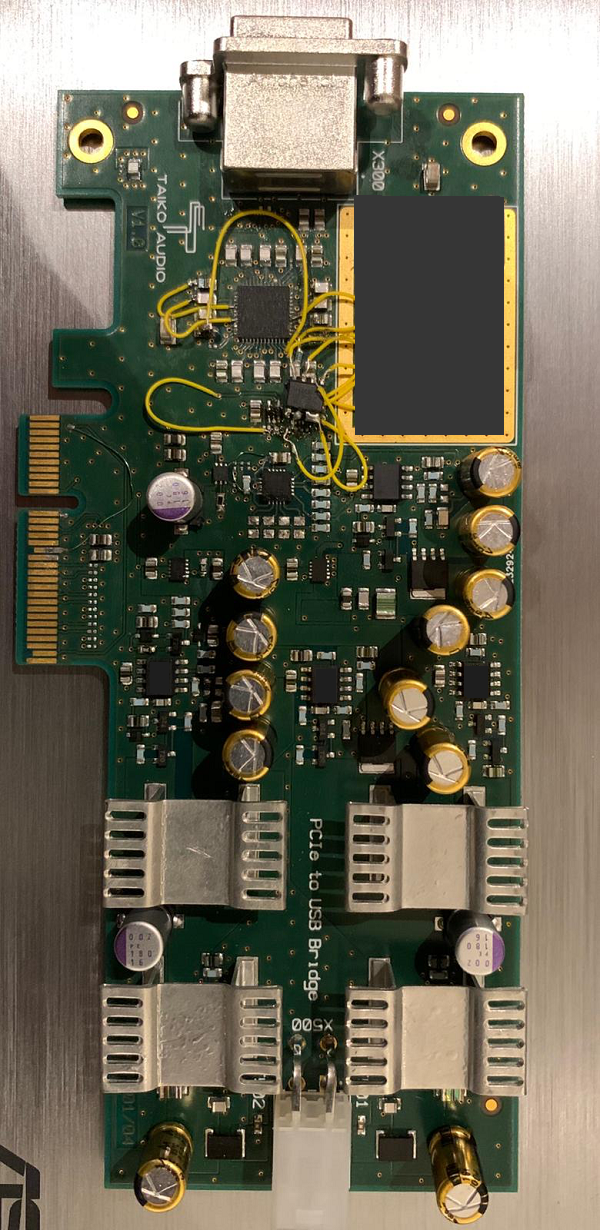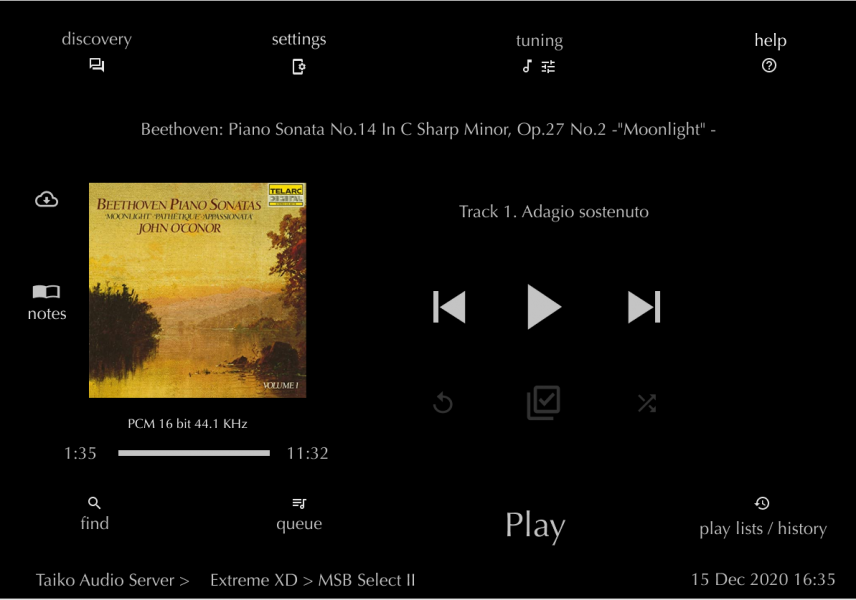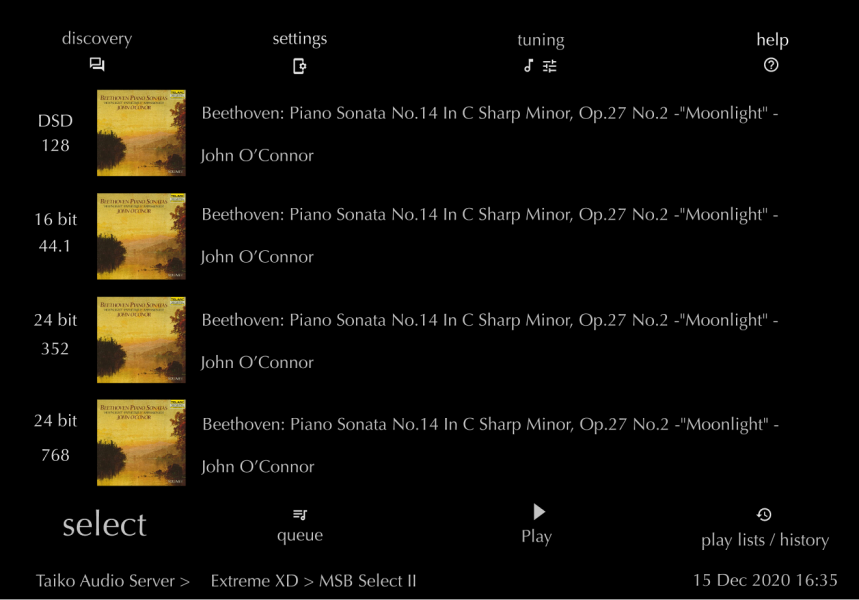Thanks for the reply. I’m on the verge of retiring my sonore as well. I just don’t get all the processing power that’s being put into a simple music player. I can see where clocking or timing is of utmost importance but to use two CPU and multiple cores seem overdone.
Well, it might seem that serving music is a very simple task, but it turns out doing it really, really well is far from simple and more than almost any part of audio, digital music streaming and digital music playing from storage are areas where "everything matters".
To grossly oversimplify, there are two broad approaches to music serving. The first says, computer processes and current demand are harmful to sound quality so we need to use stripped down, low-powered computers to minimize current. Then we add a linear power supply (or two or three) to eliminate SMPS noise. We might even use a very basic, no-frills user interface to control the computer. And we strip down operating systems to the bare minimum and turn off processes and system interrupts and anything that would draw current or divert resources from music serving.That's how we get Raspberry Pi and micro- and ultraRendu servers. To some extent, that's also how we get Innuos servers.
The other approach, not nearly as widely taken and certainly more costly is to say, yes, the above is true, but besides minimizing the load on our server motherboard and peripherals and eliminating all but the essentials, it's more productive for ultimate sound quality to use as a platform a computer that is seemingly way overbuilt, featuring many cores and perhaps even two CPUs. The philosophy being, the actual load on the platform -- processes running, current being drawn -- becomes a much, much smaller percentage of the total capacity, and that load is spread out over more cores.
This approach by its very nature is more expensive, and requires optimization of everything -- memory, mobo architecture, power supplies, accessory boards (USB, ethernet), cooling system, even the enclosure. Not many designers can or will do all this, and to my knowledge, no one does it better and more obsessively than Emile and his team.
The end result however becomes the standard for all other music serving systems, in my opinion. I've gone through a progression of music servers from stock Mac Mini, to highly modified Mac Mini with large external linear power supply, to dedicated server solutions from four different companies. Others have literally spent thousands of hours and dollars building DIY server solutions, often with accessories such as clocks, reclockers, dedicated USB hubs, special industrial memory and the like, and have come to the conclusion that even their best efforts pale in comparison to the Taiko Extreme.
It would be easy to take a look at the pictures of the Extreme, note the price and dismiss it as audio jewelry if not outright audio pornography. That would be very, very wrong and hearing is truly believing. Trying to adequately describe the sound of the Extreme is one of those areas where words are almost inadequate -- you really have to listen to music being served by an Extreme to appreciate how good it truly is.
Steve Z





